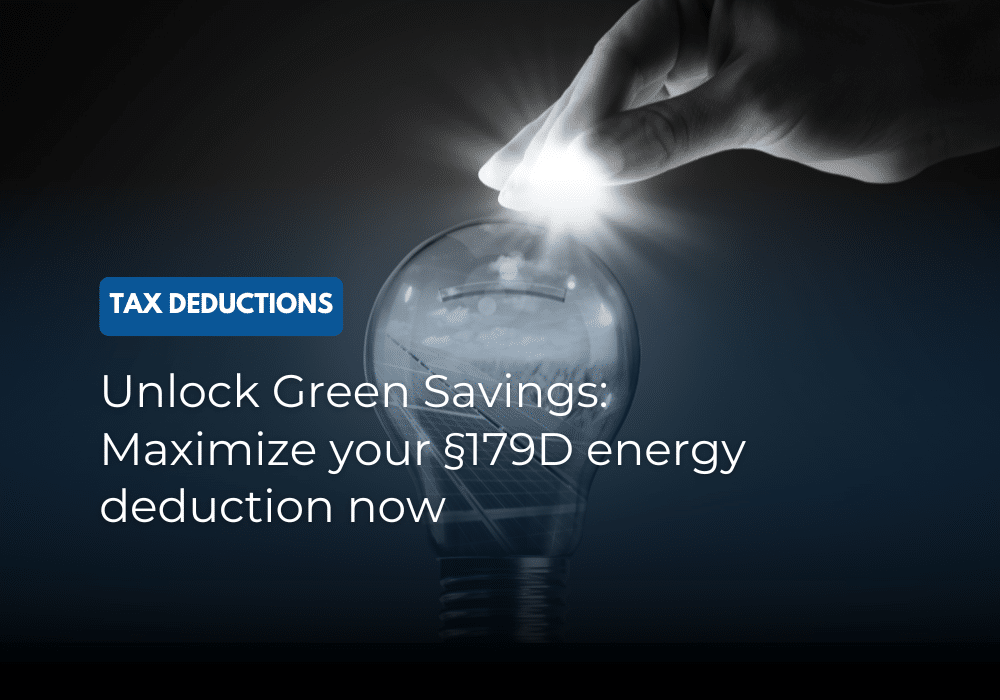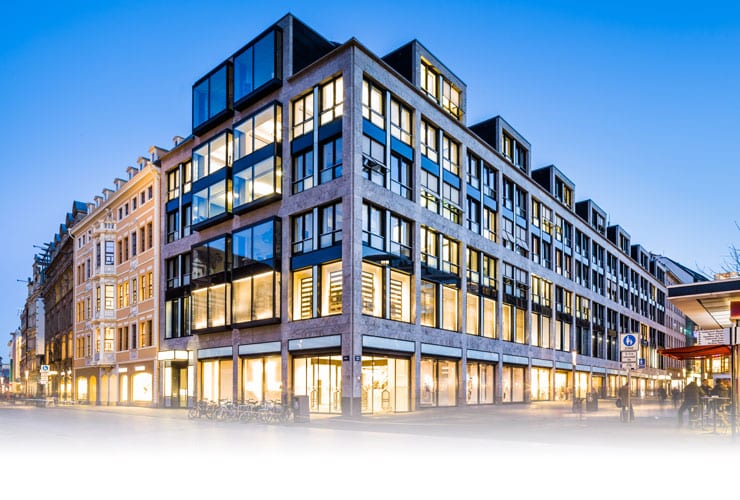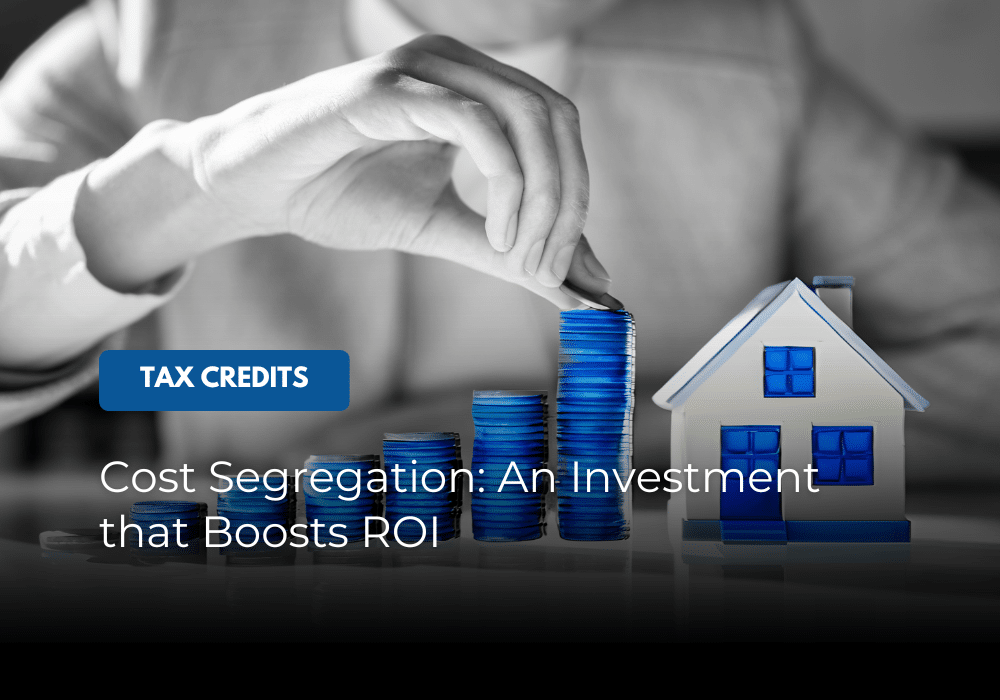Maximizing tax savings is a critical priority for mixed-use multi-family developers, owners, and investors. With the passage of the Inflation Reduction Act (IRA) in 2022, there’s now an opportunity to leverage three powerful tax incentives: Cost Segregation, 179D, and 45L. Combining these strategies can significantly enhance the financial benefits for qualifying properties, particularly residential buildings over three stories tall, such as mid-rise and high-rise apartment complexes and mixed-use buildings.
Why Combine Cost Segregation, 179D, and 45L?
Each of these incentives offers unique benefits, but together, they create a comprehensive strategy for accelerated depreciation and tax savings.
-
- Cost Segregation: This strategy allows property owners to reclassify building components into shorter depreciation periods, resulting in substantial tax deferrals and increased cash flow. It’s a tried-and-true method, especially for larger residential buildings, and is often the starting point for maximizing tax savings.
- 179D: This incentive, known as the Energy Efficient Commercial Building Deduction, was previously available to residential buildings over three stories for a maximum value of up to $1.88 per square foot. However, with the IRA’s updates, residential buildings over three stories can now receive a deduction of over $5.00 per square foot and can now be combined with the 45L tax credit for buildings that qualify to maximize tax savings.
- 45L: Historically, the New Energy Efficient Home credit was restricted to residential buildings under three stories. The IRA has removed this limit, allowing buildings of any height to qualify, provided they meet specific energy efficiency criteria, such as Energy Star or Zero Energy Ready standards. With 45L, developers can up to a $5,000 tax credit per dwelling unit that can be combined with the 179D deduction for mid- and high-rise residential buildings, further maximizing tax savings.
Combined, these incentives offer a powerful way to maximize your tax savings. Cost Segregation remains a foundational strategy, while 179D and 45L provide additional layers of accelerated depreciation and tax credits. Together, they create a comprehensive tax-saving strategy that ensures you get the most out of your investment.
Why Is This Relevant Now?
Before 2023, multi-family and mixed-use properties were limited in taking advantage of either 179D or 45L. The Inflation Reduction Act has changed the landscape, opening the door for residential buildings over three stories to qualify for 179D and 45L. This is a game-changer for multi-family and mixed-use developers and investors, providing new opportunities to optimize tax savings on larger residential projects.
The New Rules: What Qualifies?
For a residential building to qualify for these incentives, it must meet specific criteria:
-
- Cost Segregation: Applicable to virtually any building but especially beneficial for residential properties over three stories.
- 179D: Available for residential buildings four stories or taller, provided the building meets or exceeds the thresholds for energy efficiency and cost reduction currently set by ASHRAE 90.1-2007.
- 45L: Available for residential buildings that meet Energy Star or Zero Energy Ready standards, regardless of height, thanks to removing the previous three-story limit.
By meeting these requirements, your multi-family building can qualify for all three incentives, dramatically reducing your tax burden and improving your bottom line.
Consider the following scenario.
How much tax saving value can these this incentive combining strategy generate for the increasingly popular mid- to high-rise multifamily or mixed-use building? Consider a 200,000 square foot, 150 residential unit, mid-rise, mixed-use building of five stories, built to current code and to comply with ENERGY STAR standards, completed in 2024, that cost $25,000,000 to develop.
- Cost Segregation: It is not uncommon for a building of this type to have 30% of the depreciable basis reallocated to a short-life asset class through a cost segregation study, resulting in $5,000,000 of increased first year depreciation for the 2024 tax year (80% bonus depreciation).
- 179D: A new construction building that is designed and built to current codes can perform exceptionally well in a 179D study. With modern HVAC units and LED interior lighting, a building can receive up to $5.65 when completed in 2024. This could result in a deduction of $1,130,000.
- 45L: Building to ENERGY STAR standards can be a worthwhile investment, as it can increase the value of the building and lease rates of commercial and residential units. This 150 residential unit building could receive a tax credit of up to $375,000.
Key Takeaway: When combined, these three incentives could result in a total deduction of up to $6,130,000 and a tax credit of up to $375,000!
How to Get Started
The combination of Cost Segregation, 179D, and 45L is a powerful strategy for multi-family developers, owners, and investors looking to maximize tax savings. With the updates provided by the Inflation Reduction Act, now is the perfect time to explore these opportunities and enhance the financial performance of your properties.
We can help you navigate the eligibility requirements and ensure that you’re capturing every available tax benefit.
Contact us today to learn more or to request a no-cost benefit analysis for your property.


















